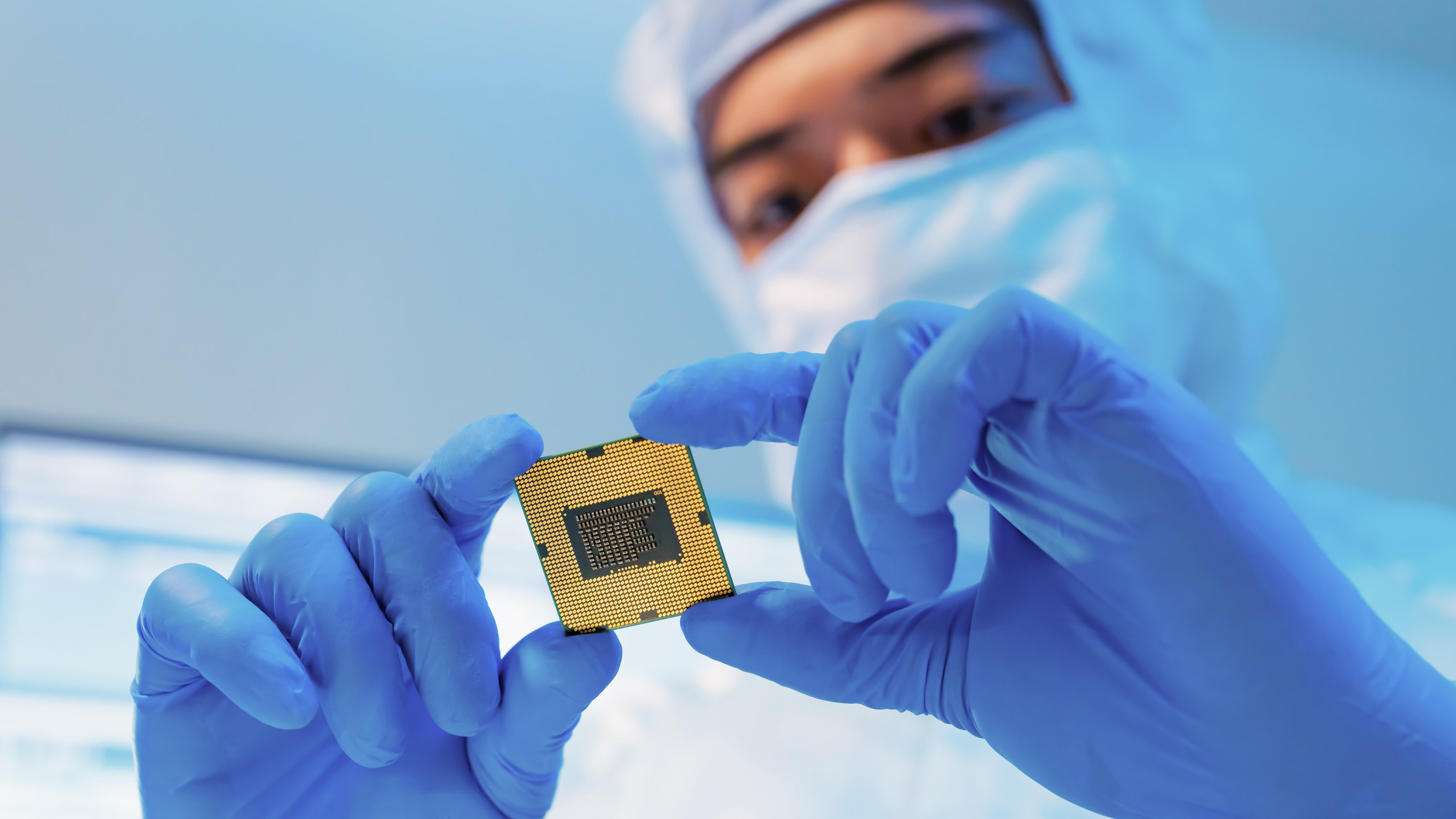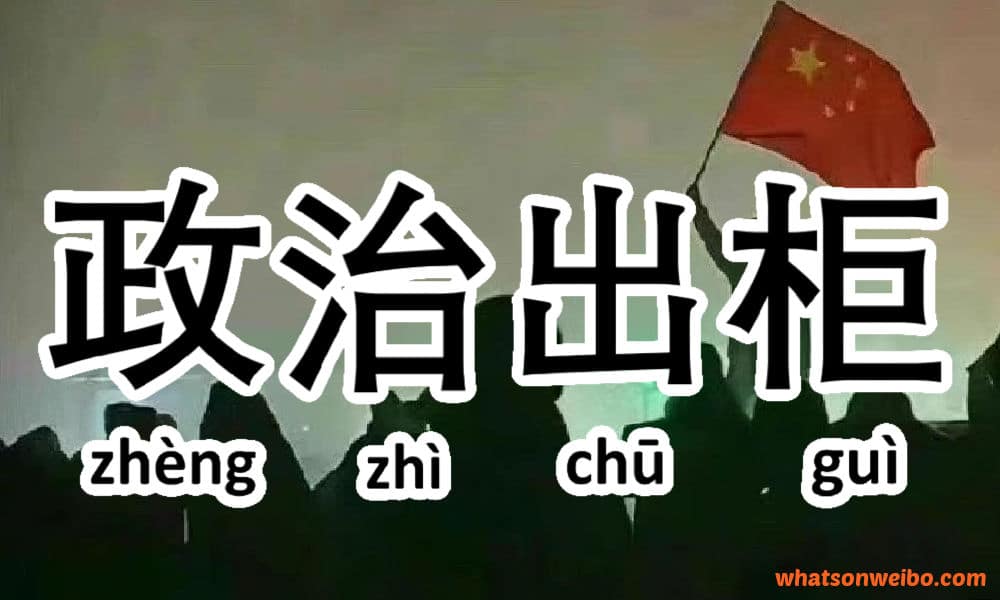Chinese chips will keep powering your everyday life
The war over advanced semiconductor technology continues, but China will likely take a more important role in manufacturing legacy chips for common devices.

China Report is MIT Technology Review’s newsletter about technology developments in China. Sign up to receive it in your inbox every Tuesday.
What’s better to do at this time than to indulge in some predictions for 2023? This morning, I published a story in MIT Technology Review’s “What’s Next in Tech” series, looking at what will happen in the global semiconductor industry this year.
To give you a brief overview, I was told by many experts that the already-stressed global chips supply chain will be challenged even more by geopolitics in 2023.
Over much of 2022, the US started to take steps to freeze China out of the industry—even forming an alliance with the Netherlands and Japan to restrict chip exports to the country. The measures have pushed the once market-driven business to come up with contingency plans to survive the cold-war-like environment—like diversifying from the Chinese supply chain and building factories elsewhere. We may see more similar plans announced in the next year. And at the same time, the US government’s punitive restrictions will start to be enforced and industrial subsidies for domestic chip makers will start to be doled out, meaning new companies may end up on top while others may get penalized for still selling to China.
To learn more about how the US, China, Taiwan, and Europe may navigate the industry this year, read the full article here.
But I also want to highlight something that didn’t make it into the story—a rather unintended outcome of the chip tech blockade. While the high-end sector of China’s chip industry suffers, the country may take a bigger role in manufacturing older-generation chips that are still widely used in everyday life.
That may sound counterintuitive. Weren’t the US restrictions last year meant to severely hurt China’s semiconductor industry?
Yes, but the US government has been intentional about limiting the impact to advanced chips. For example, in the realm of logic chips—those that perform tasks, as opposed to storing data—the US rules only limit China’s ability to produce chips with 14-nanometer nodes or better, which is basically the chip-making technology introduced in the last eight years. The restrictions don’t apply to producing chips with older technologies.
The consideration here is that older chips are widely used in electronics, cars, and other ordinary objects. If the US were to craft a restriction so wide that it destroyed China’s entire electronic manufacturing industry, it would surely agitate the Chinese government enough to retaliate in ways that would hurt the US. “If you want to piss somebody off, push them into a corner and give them no way out. Then they'll come and punch you really hard,” says Woz Ahmed, a UK-based consultant and former chip industry executive.
Instead, the idea is to inflict pain only in selective areas, like the most advanced technologies that may power China’s supercomputers, artificial intelligence, and advanced weapons.
“[US] policies have a very limited immediate impact on the Chinese domestic chip industry because very few Chinese companies have achieved advanced processes, except HiSilicon,” says He Hui, a research director at consulting firm Omdia who focuses on China’s semiconductor market. “But HiSilicon was already [placed on the blacklist] three years ago.”
And lower-end, legacy chips are also the subsector where China already has a significant advantage. We are not talking about chips used in powering the artificial intelligence of a self-driving car, but the chips that control a specific part, like airbags. As the technology of the Internet of Things rapidly develops, it still requires many small chips that don’t need to be so advanced.
“That stuff is still going to be made in China, at least based on the current settings that the Biden administration has conveyed. So that obviously leaves a big incentive and a big market for foreign companies—European, Japanese, and South Korean—to continue working with the Chinese,” says John Lee, the director of East West Futures Consulting who researches the global impacts of China’s tech industries.
Part of the reason China maintains an advantage here is that in a market of mature, lower-end technologies, price is the most important thing. And China has been historically great at low-cost mass production, thanks to low labor costs and generous industrial subsidies from the government.
A future where China fully dominates in low-end chips has already spooked some Western observers. A report published in Lawfare calls this possibility “a huge supply chain vulnerability.” “The Chinese could just flood the market with these technologies. Normal companies can't compete, because they can't make money at those levels,” Dan Hutcheson, an economist at research firm TechInsights, told Reuters.
Other countries, including the United States, will still try to get a slice of the market for legacy chips. The US CHIPS Act that became law last year set aside $2 billion specifically for incentivizing domestic production of these technologies. Experts also say the European Union may introduce its own chip legislation in the next two years.
But this is an industry that takes an infamously long time to see capital investment turn into actual products. And even as foreign companies like Taiwan-based TSMC announce investment plans for US-based factories, they likely won’t shift more capacity to the US without consistent government support, which is hard to guarantee in America’s polarized and volatile political environment. “I think we still need to wait and see whether [these companies] are willing to keep and carry out their promises,” says He Hui.
Lee calls this dynamic one of the more interesting trends that may come out of the current fight over chip controls. “A lot of this capacity is already in China. Most of the new capacity at these [mature] nodes is being built in China, and there's a limited capacity [of chipmaking equipment supply], even if the money and the political will is there to develop this in the US and EU,” Lee says. The footprint of China in “supplying the more mundane, high-volume, lower-margin, lower-sophistication, but still indispensable chips,” he adds, “is becoming bigger rather than smaller.”
So looking ahead, we’re left with two key questions: Will China’s legacy chip industry prosper while the country struggles to build the high-end sector? Or will the US government introduce more restrictions to throttle China further? As much as I love predictions, I don’t think we will get definitive answers to these questions in 2023. We should keep them in mind as we watch the semiconductor industry navigate a new era of geopolitical volatility.
What impact will it have if China dominates low-end chip manufacturing? Let me know your thoughts at zeyi@technologyreview.com
Catch up with China
1. Chinese state media used to be the main force engineering rage and patriotic sentiment on social media, but individual pro-government accounts have picked up the baton in recent years. (Nikkei Asia $)
2. Chinese researchers and officials have begun uploading genome sequence data of recent covid cases to a global academic database, showing that sub-variants like XBB that are spreading across the world are also circulating in China. (Financial Times $)
3. Millions of Chinese elders have been left vulnerable to the current wave of covid infections in the country, and many have already died. Here’s the moving story of one mother who didn’t survive in Wuhan. (The Atlantic $)
4. ByteDance employees inappropriately accessed the data of two Western journalists and several other US users in an attempt to stop leaks, the company disclosed in an internal investigation. (New York Times $)
5. Tencent finally won state approval to release three of its most successful international games domestically—including the Pokémon franchise game it co-developed with Nintendo. (Bloomberg $)
6. Hacked emails from a Russian state broadcaster detail how Chinese and Russian state media work together to exchange news and social content. (The Intercept)
7. The European Union offered to ship free covid vaccines to China. China rejected it. (Financial Times $)
8. As hospitals become increasingly strained across China, worried individuals are stocking up on oximeters to monitor blood oxygen levels at home. (Pandaily)
Lost in translation
As Beijing positions itself as a global climate leader, local governments are capitalizing on the business of environmental protection and becoming important players. In the last five years, according to a recent analysis from Chinese think tank Qingshan Research, 17 out of China's 34 provincial governments have formed state-owned “super companies” that focus on getting government contracts in the environmental sector. While they differ in size and expertise, most of these companies offer services in wastewater treatment, garbage disposal, environmental monitoring, or climate investment management.
As state-owned companies, they have government endorsement and funding, and they often enjoy preferential treatment in the procurement process. But they also have to compete with private companies and each other. The leaders have been getting contracts that are worth hundreds of millions of dollars per year, while others have struggled to secure enough deals or have ended up on the brink of bankruptcy.
One more thing

Did you have any difficult conversations about politics with your family last week? You’re not alone. So many young people in China are doing this that when they express their non-mainstream political opinions for the first time, often in front of friends and family, they post about it on social media and call this moment their “政治出柜”—coming out of the political closet. It happened a lot during the protests against zero covid last year, when young people went to the streets or voiced support for the protesters on their WeChat timelines and in their family group chats. For some, it takes as much courage to come out about their nonconformist political beliefs as to come out about sexuality, if not more.
Deep Dive
Computing
How ASML took over the chipmaking chessboard
MIT Technology Review sat down with outgoing CTO Martin van den Brink to talk about the company’s rise to dominance and the life and death of Moore’s Law.
Why it’s so hard for China’s chip industry to become self-sufficient
Chip companies from the US and China are developing new materials to reduce reliance on a Japanese monopoly. It won’t be easy.
Stay connected
Get the latest updates from
MIT Technology Review
Discover special offers, top stories, upcoming events, and more.